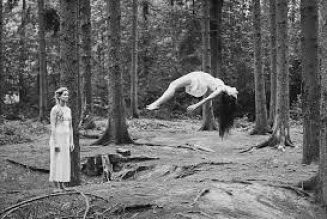
The Slavic holiday calendar began on 21st December, with a symbolic victory of light over darkness (the Winter Solstice). The Święto Godowe (Nuptial Holidays), also known as Zimowy Staniasłońc would end on 6th January, and it would pass by filled with song. The joy of increasingly long and warm days was celebrated with songs called kolędy (the Polish equivalent of carols). Good luck was thought to be ensured by visiting friends in a form of ritual procession.
A tree of life was put up inside homes, and this consisted of a sheaf or mistletoe – actual pine Christmas trees did not appear until much later. On the first day of winter the souls of the dead were also remembered – fires were burned in cemeteries in order to warm them up (but also in order to aid the sun in its struggle against darkness), and special feasts called tryzny were held. On that day, the weather for the upcoming year was predicted, along with the future.
With time, the Nuptials were granted a Christian interpretation. Why is it then, that Catholics celebrate Christmas on 25th and not 21st December? Well, in ancient Rome, this date was consecrated to the Sun god (Sol Invictus), of whom Constantine the Great was a follower. It is said that after taking on Christianity, the emperor “baptised” this pagan feast and thus brought together the two religions.








